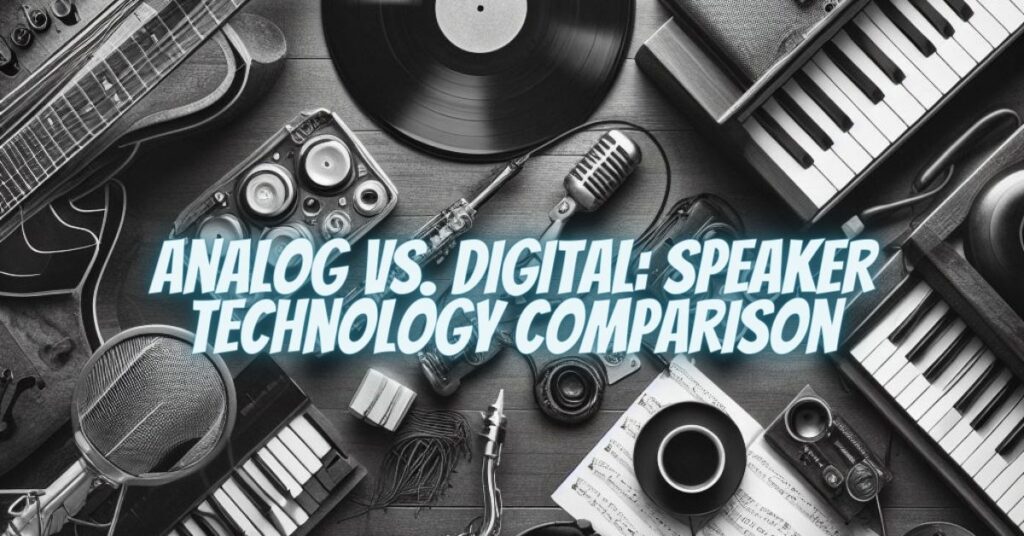Speakers are fundamental components of audio systems, converting electrical signals into audible sound. However, the question of whether speakers are analog or digital can be somewhat confusing, as it involves understanding the underlying technology and the distinction between analog and digital audio. In this article, we’ll explore the technology behind speakers and clarify whether they are analog or digital devices.
Understanding Analog and Digital Audio
Before delving into the nature of speakers, it’s essential to grasp the difference between analog and digital audio:
- Analog Audio: Analog audio is continuous and represents sound as a waveform. In this format, sound signals are represented by continuously varying electrical voltages, which mirror the original sound’s pressure fluctuations. Vinyl records, cassette tapes, and traditional analog recording and playback systems operate using analog audio.
- Digital Audio: Digital audio, on the other hand, represents sound as discrete numerical values or samples. These samples are typically recorded at regular intervals and converted into binary code. CDs, MP3 files, and most modern recording and playback systems are based on digital audio.
The Role of Speakers
Speakers are transducers designed to convert electrical signals into sound waves that we can hear. They play a crucial role in both analog and digital audio systems, but the nature of their operation is fundamentally analog.
Analog Nature of Speakers:
Speakers operate by moving air in response to electrical signals. When an audio signal is applied to the speaker’s diaphragm (often called a cone), it vibrates, creating pressure waves in the air. These waves propagate as sound and are analogous to the original audio signal.
Speakers do not inherently discriminate between analog and digital audio; they simply respond to electrical signals that drive the diaphragm’s motion. The speaker’s primary function is to convert the electrical signal into an acoustic wave, which is an analog representation of the original sound.
In this sense, speakers are inherently analog devices, as they produce continuous, analog sound waves. Whether the incoming signal is analog or digital, the ultimate output from the speaker is always an analog representation of the sound.
Digital-to-Analog Conversion (DAC):
In digital audio systems, there is a stage where the digital audio data must be converted into an analog signal for playback through speakers or headphones. This conversion is achieved using a Digital-to-Analog Converter (DAC), which translates the discrete digital samples into a continuous analog waveform. The analog signal produced by the DAC is then fed to the speakers for sound reproduction.
Speakers themselves are analog devices. They convert electrical signals into analog sound waves, regardless of whether the incoming signal is analog or digital. The distinction between analog and digital audio lies in the format of the signal itself and the way it is processed, recorded, and transmitted. When you listen to music, you’re ultimately hearing analog sound waves produced by speakers, making the speaker’s role in audio reproduction inherently analog in nature.


